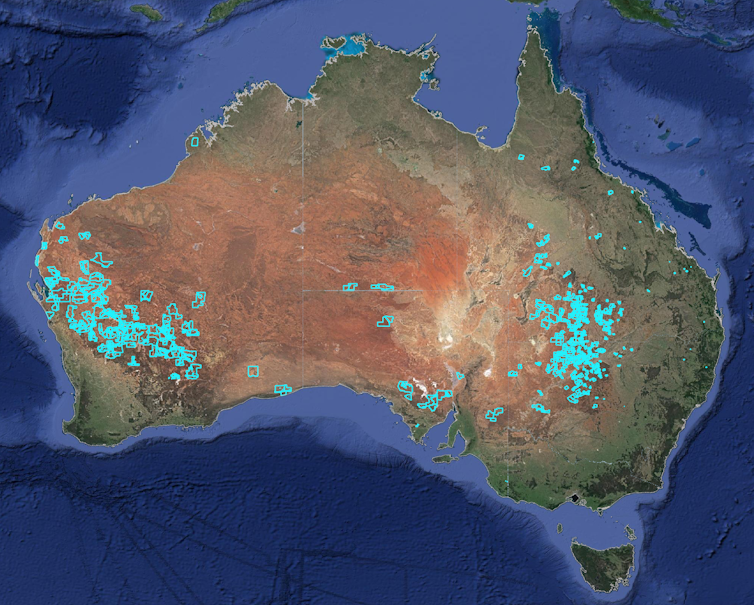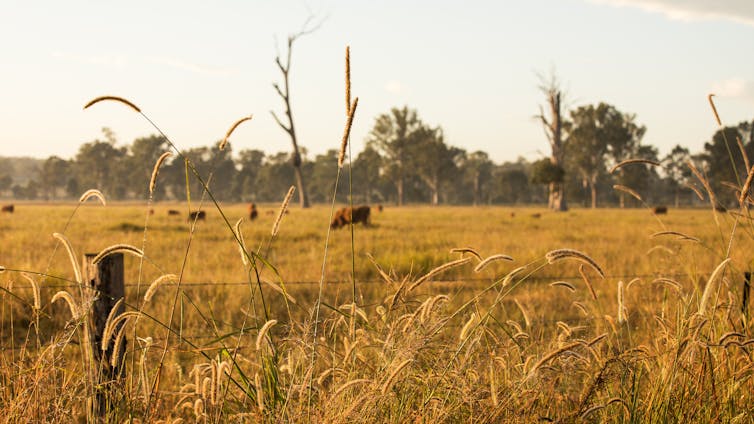THE CONVERSATION: Australia’s central climate policy pays people to grow trees that already existed. Taxpayers – and the environment – deserve better
The federal government has launched an independent review of Australia’s central climate policy, the Emissions Reduction Fund,



